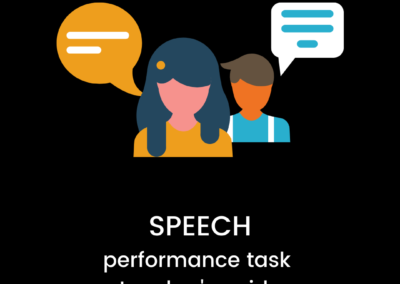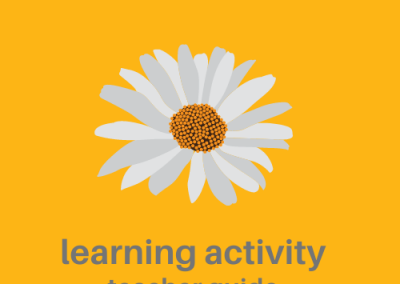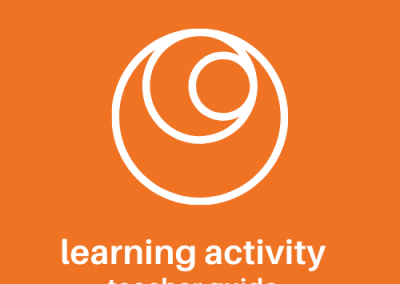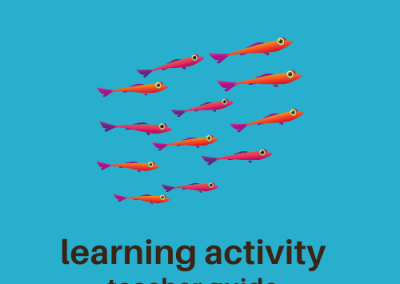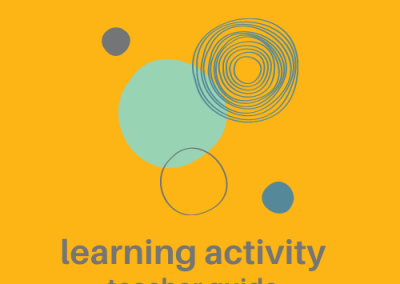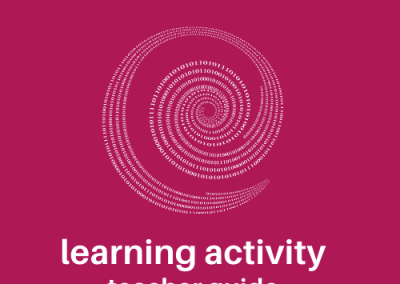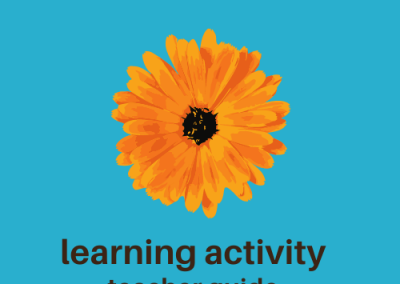First Lines
Preparation
- Choose a text for students to read, and create a handout or slide with just the first line on it. You will probably want to pick a text whose first line is meaty enough for students to work with.
- Consider providing students with a graphic organizer with a space for the first line on the top, and then with two large sections. One section should be labeled “I can tell,” and the other “I predict.”
Activity Steps
1
Teacher introduces the text, and the structure and logic of the First Lines activity.
During this introduction tell students that the activity is intended to help them to focus their attention on a text before reading it. Discuss what can be learned from the first line of a text, and how, and discuss how making predictions and accurately anticipating a text aid in comprehension.
2
Teacher distributes or displays the first line of the text and students read it.
The first line can be displayed on a slide or chart paper, or can be written on a handout. It doesn’t matter how students read it: alone or in groups, as a read-aloud or with screen-reading software.
3
Alone or in pairs, students brainstorm a list of what they can tell or infer from this first line. They record their ideas.
4
Alone or in pairs, students brainstorm a list of what they can predict from this first line. They record their ideas.
Predictions should be based on concrete clues in the first line, and should be logical, but it doesn’t ultimately matter if they turn out to be correct. You can guide students with questions such as:
What do you think will happen in this story?
Who do you think this story is about?
What do you think will be the point of this story?
5
Teacher distributes the complete text. Students read the text. Periodically through the reading, students refer back to their initial inferences and predictions to evaluate the ultimate validity of each.
You may want to structure this step by leading discussions at designated points during the reading and asking students to look back at and evaluate their predictions. You can also require students to mark each prediction to indicate whether it was supported or refuted, or whether it’s unsure, either at the end of the text or periodically through the reading.

